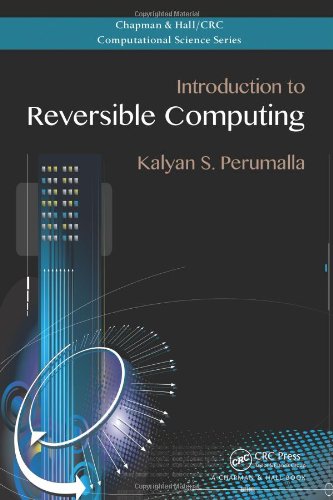

Most ebook files are in PDF format, so you can easily read them using various software such as Foxit Reader or directly on the Google Chrome browser.
Some ebook files are released by publishers in other formats such as .awz, .mobi, .epub, .fb2, etc. You may need to install specific software to read these formats on mobile/PC, such as Calibre.
Please read the tutorial at this link: https://ebookbell.com/faq
We offer FREE conversion to the popular formats you request; however, this may take some time. Therefore, right after payment, please email us, and we will try to provide the service as quickly as possible.
For some exceptional file formats or broken links (if any), please refrain from opening any disputes. Instead, email us first, and we will try to assist within a maximum of 6 hours.
EbookBell Team

4.0
26 reviewsFew books comprehensively cover the software and programming aspects of reversible computing. Filling this gap, Introduction to Reversible Computing offers an expanded view of the field that includes the traditional energy-motivated hardware viewpoint as well as the emerging application-motivated software approach.
Collecting scattered knowledge into one coherent account, the book provides a compendium of both classical and recently developed results on reversible computing. It explores up-and-coming theories, techniques, and tools for the application of reversible computing—the logical next step in the evolution of computing systems.
The book covers theory, hardware and software aspects, fundamental limits, complexity analyses, practical algorithms, compilers, efficiency improvement techniques, and application areas. The topics span several areas of computer science, including high-performance computing, parallel/distributed systems, computational theory, compilers, power-aware computing, and supercomputing.
The book presents sufficient material for newcomers to easily get started. It provides citations to original articles on seminal results so that readers can consult the corresponding publications in the literature. Pointers to additional resources are included for more advanced topics. For those already familiar with a certain topic within reversible computing, the book can serve as a one-stop reference to other topics in the field.